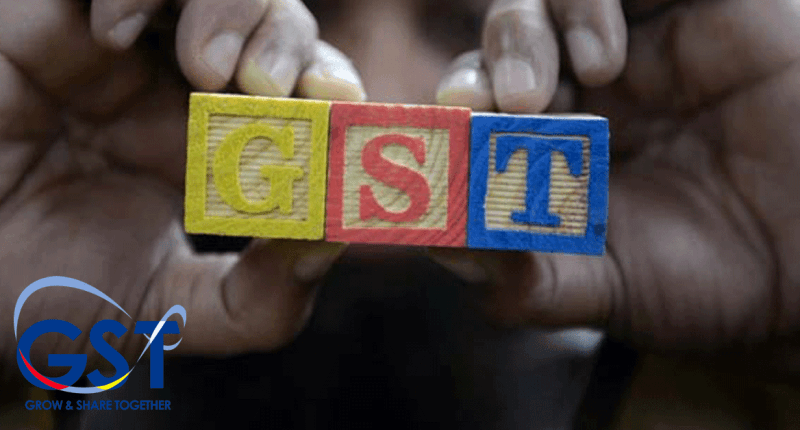The Maharashtra GST department has issued an internal circular on 25th February 2022. The internal circular No. 02A of 2022 clarifies certain confusions that taxpayers and officials have surrounding the pending return scrutinies of 2017-18 and 2018-19.
Since the GST law was relevantly new, taxpayers did not know the process and faced issues while interpreting the law. The clarification applies to those GST registered taxpayers belonging to the jurisdiction of Maharashtra.
In a way, it provides sufficient guidance for the tax officials in Maharashtra on addressing particular cases that come across more frequently during the GST return scrutiny.
Under inaccurate declarations in GSTR-1, there are two issues that the department has observed. Suppose a business has erroneously reported Business-to-Business (B2B) sales in Table 7 of GSTR-1 as a Business-to-Consumer (B2C) transaction, which is reported in a later period. However, the B2C sales entry is not reversed, leading to double reporting and excess tax payment. During the scrutiny, tax officials must reconcile the transaction-wise sales entries with the category totals. They should bifurcate B2B and B2C clearly, and check to identify such periods in which a B2C sale is denoted as a B2B sale.
On the other hand, a similar process is followed in case figures are erroneously or typographically overstated in GSTR-1 compared to the GSTR-3B. In addition to the above solution, the tax officials must also get an undertaking from the buyer in such sale transactions that they have not availed any such excess ITC. For exports, they must check if export turnover is reflected in the refund computation.
Under the ITC claim cases, there are four issues that the department addressed. First, the list deals with any Input Tax Credit (ITC) differences between the GSTR-2A and GSTR-3B. Wherever the B2B transactions were reported as B2C in the supplier’s GSTR-1, those would not appear in the relevant buyer’s GSTR-2A. In many cases, the buyer’s GSTIN is wrongly entered in the GSTR-1. Further, the vendor had missed reporting B2B sales in GSTR-1 in many cases or under the wrong table, such as Table 4B instead of 4A.
The time limit to claim ITC has expired in all the above scenarios. The tax officer may categorise the transaction based on the ITC differences as more than Rs.2.5 lakh and less than or equal to Rs.2.5 lakh. The tax official may ask such a taxpayer to submit a Chartered Accountant (CA) certificate to confirm compliance and tax payment if it is the former. However, the claimant must obtain the ledger confirmation of the particular supplier and their certification in the latter case. The ITC claim difference shall be allowed after verifying one of the above submissions.
In another case, many recipients strictly interpreted the Removal of Difficulty order issued on 31st December 2018 for FY 2017-18 that had inserted a proviso to Section 16(4) of the CGST Act. They claim that the condition applies to recipients who have availed ITC for FY 2017-18 after September 2018 until March 2019. The department has clarified that only in cases where vendors have filed the GSTR-1 until March 2019 these recipients claim ITC.
Next up, taxpayers had mistakenly reported B2B sales of Table 4A as those subject to reverse charge in Table 4B of GSTR-1. The department has stated that both these details are populated in the same table of GSTR-2A with a tag on whether a reverse charge applies. The tax official must ensure that taxes are paid on these wrongly reported transactions.
Lastly, the ineligible ITC that a taxpayer availed in one tax period but reversed in any later tax period, upon the issue of ASMT-10, do not have a designated table in GSTR-3B. The tax officials can obtain the transaction list for that tax period containing ITC claims reversals of the current period and past periods as per Table 4(B)(2). They can also cross-check DRC-03 that the taxpayer has filed.
The above clarifications provide a clear picture of dealing with particular anomalies that most taxpayers face in the rest of the country. While this circular applies to Maharashtra, the CBIC must also consider issuing a similarly detailed clarification for the rest of the taxpayers.
For any clarifications/feedback on the topic, please contact the writer at annapoorna.m@cleartax.in.
Annapoorna, popularly known as Anna, is an aspiring Chartered Accountant with a flair for GST. She spends most of her day Singing hymns to the tune of jee-es-tee! Well, not most of her day, just now and then.





